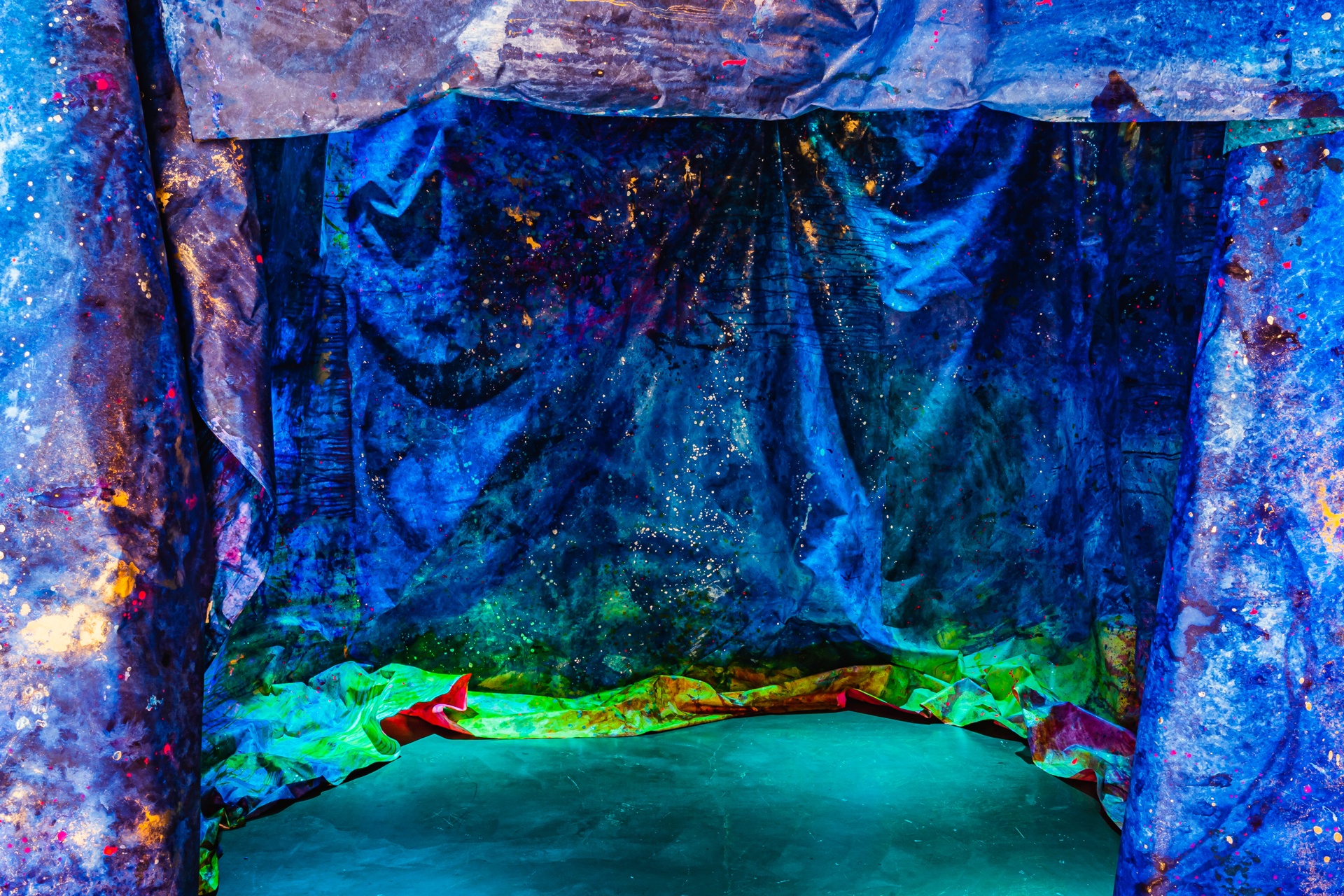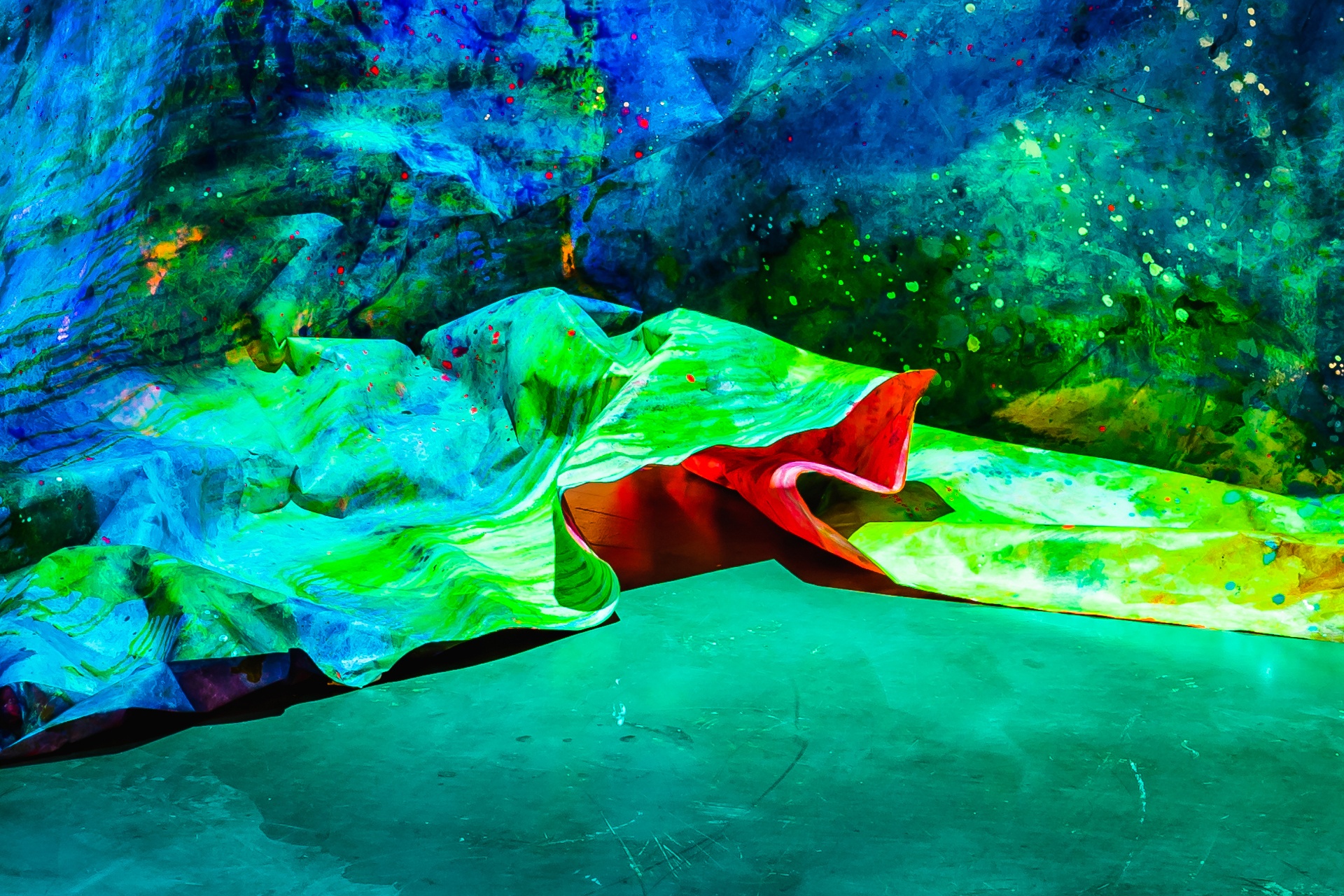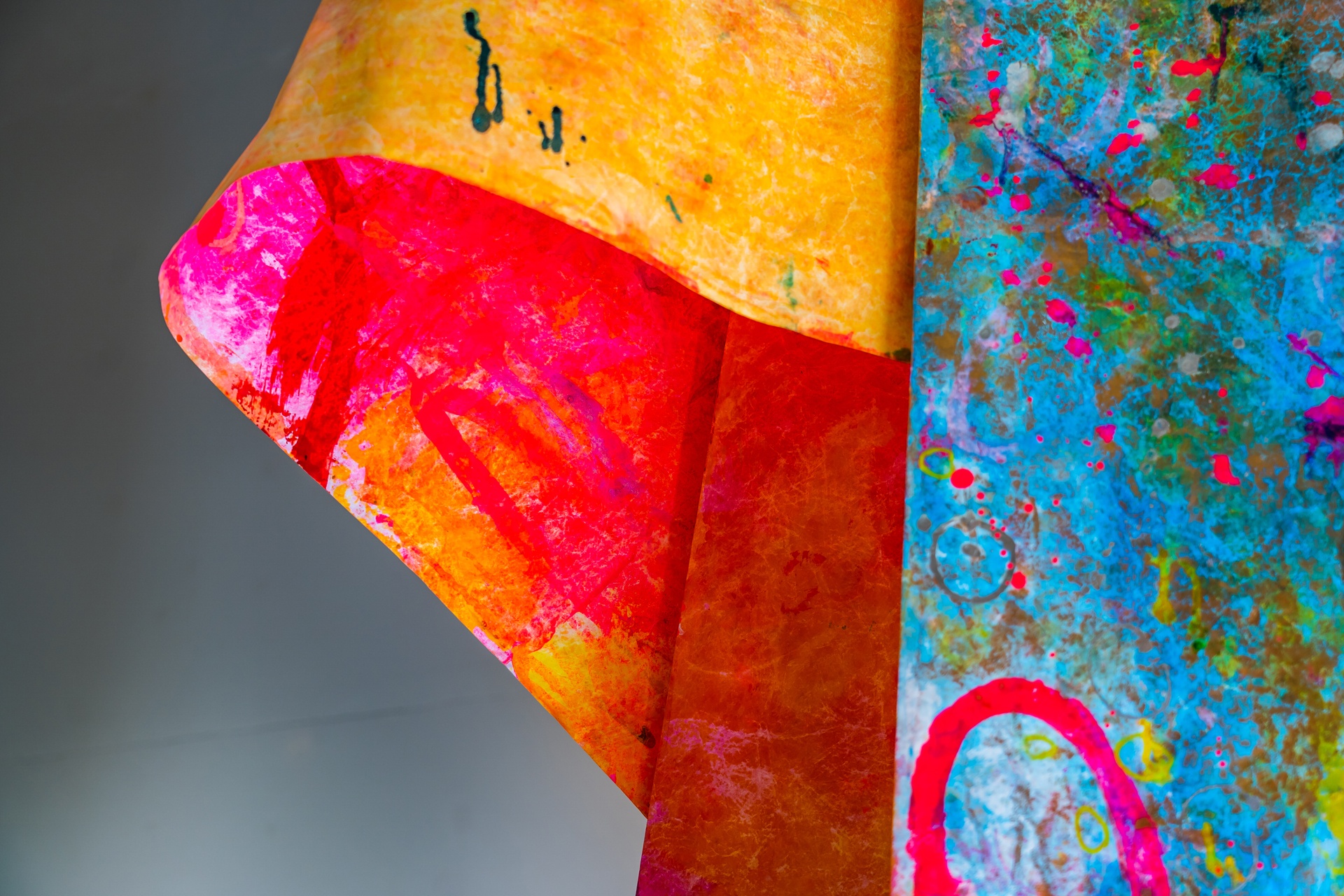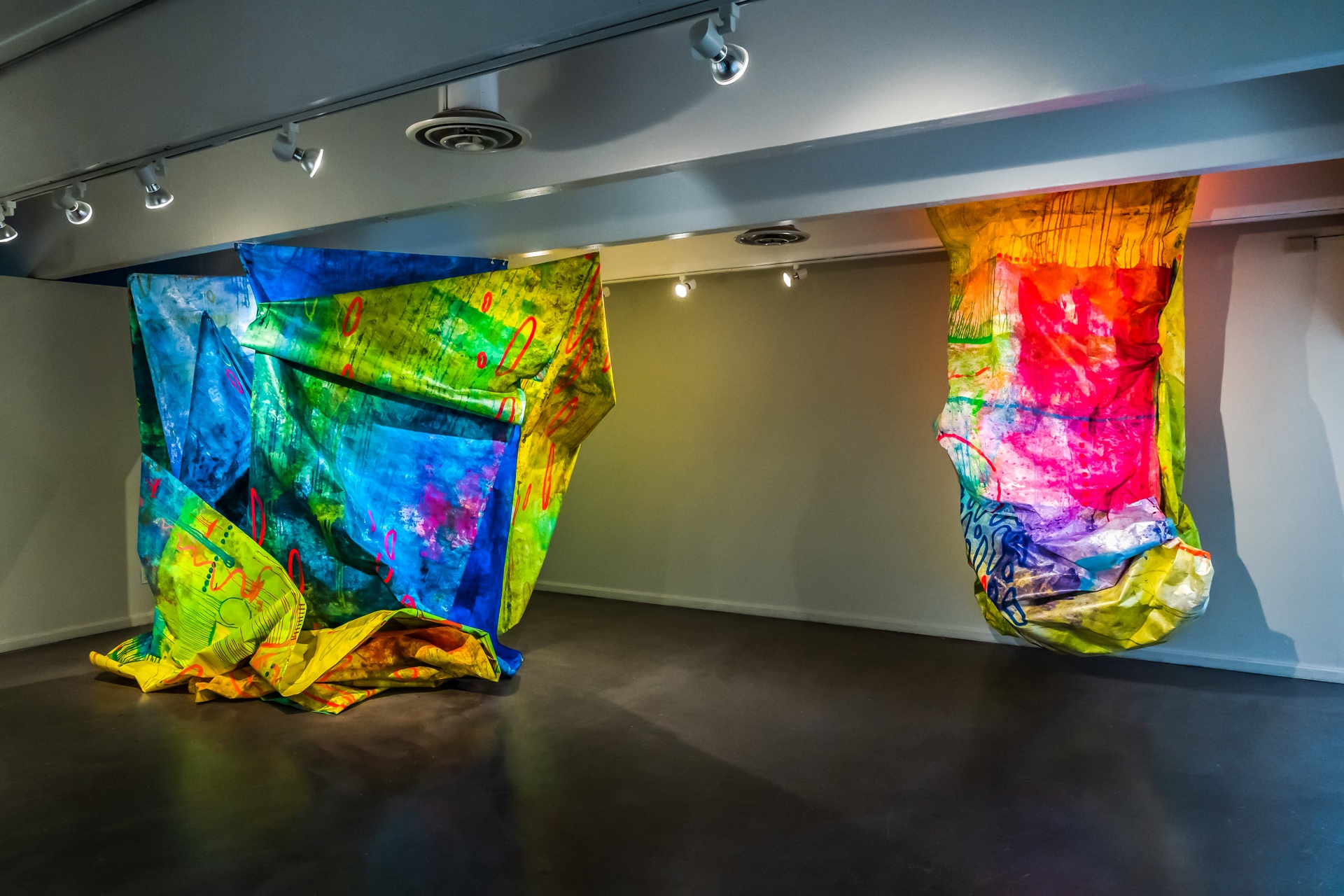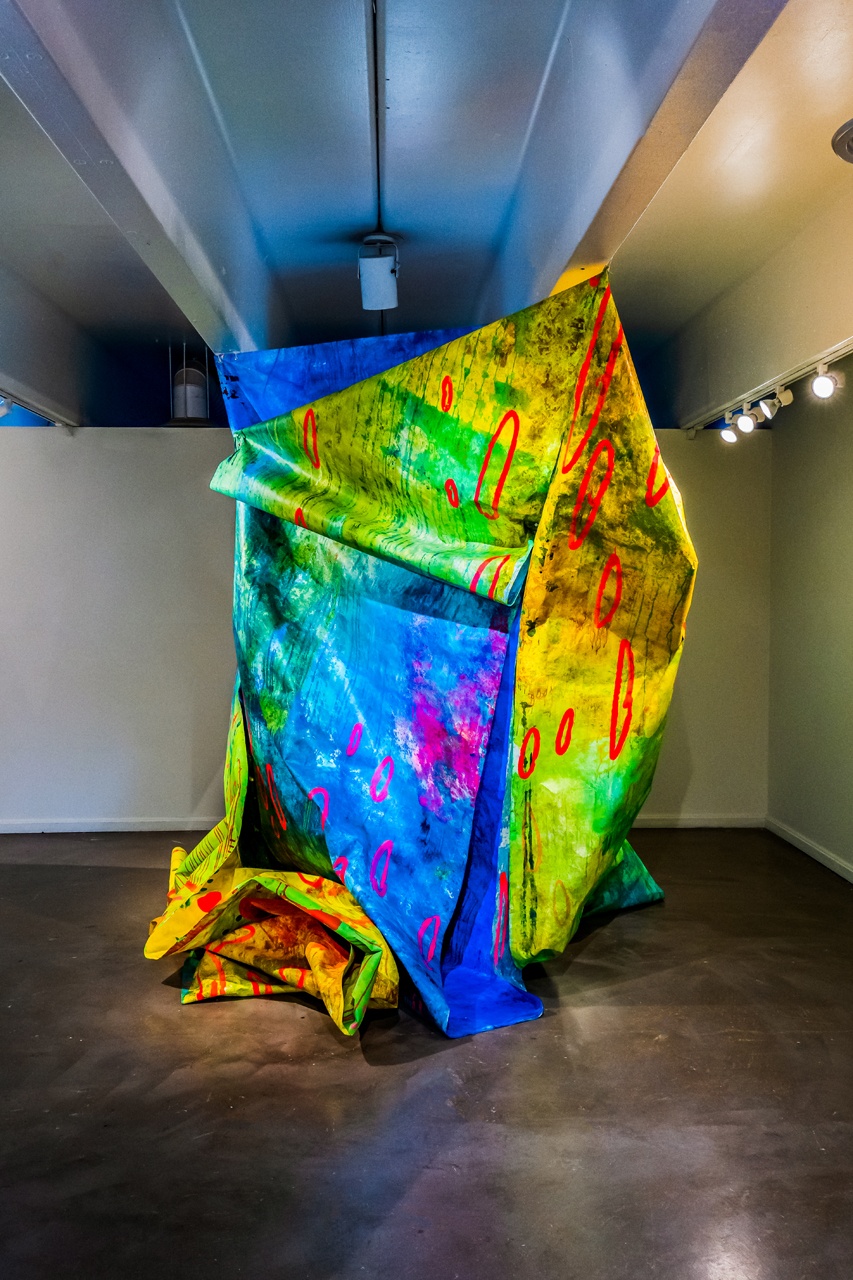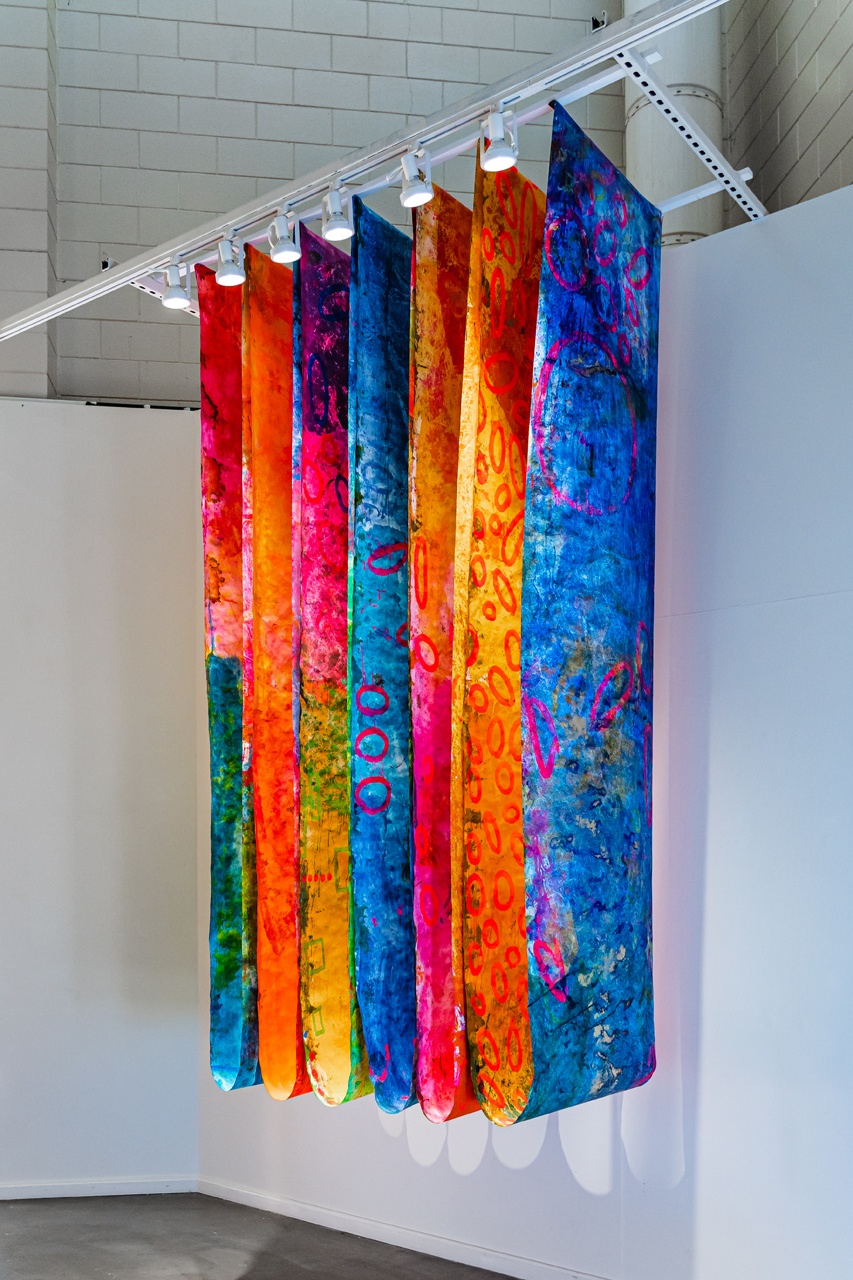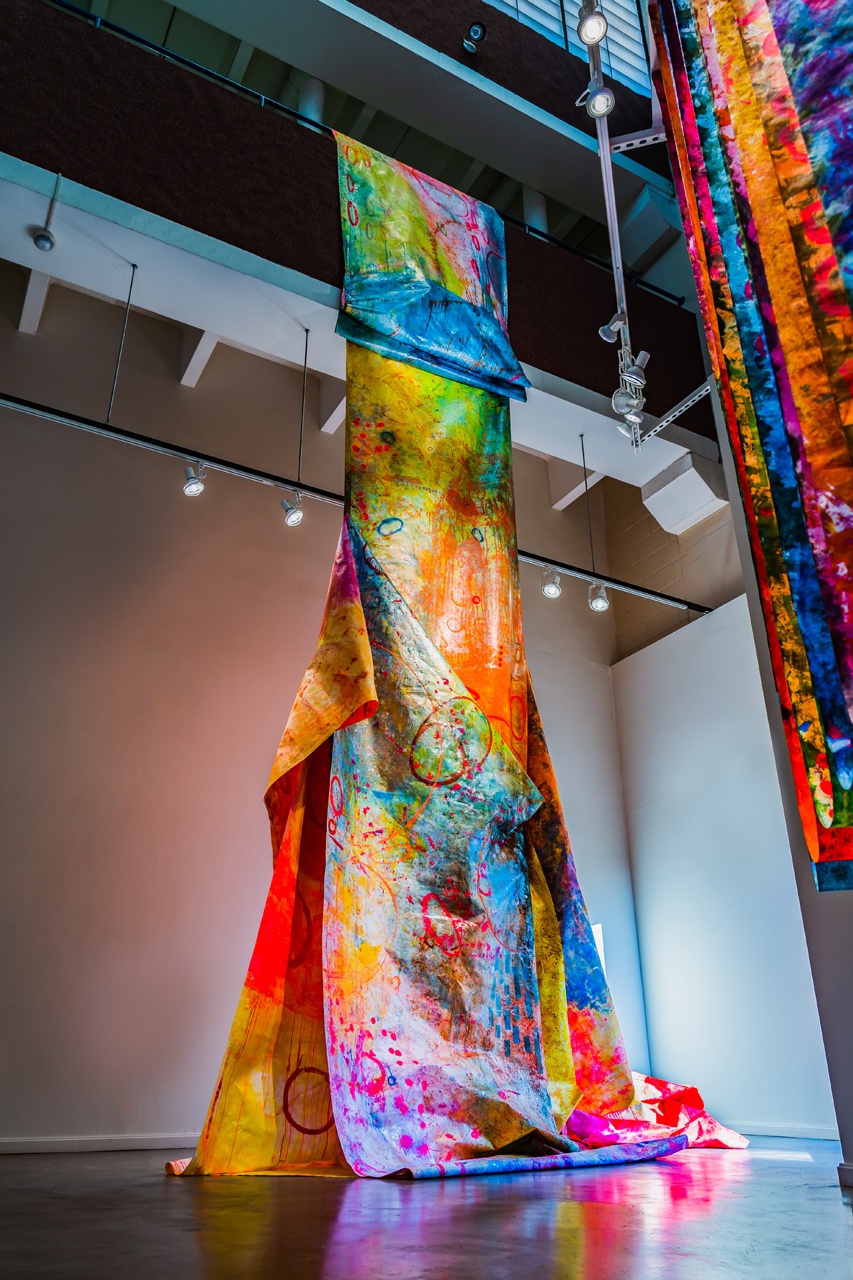Concordia University Art Gallery
1301 Marshall Avenue, St. Paul, MN
Publication available with an essay by Curator Dr. Megan Arney Johnston Concordia University, St. Paul is honored to exhibit the work of international artist Anne Labovitz.
In Beacons of Hope Labovitz presents sculpture, installation, and participatory works that center on the conceptual and gestural elements of hope. Instead of considering these responses as altruistic, we could see them as expressions of humanity’s entanglement with the notion of hope and its generative promises for the future. The concept of hope is not ephemeral or whimsical, nor pedantic or simple, but a considered and serious response to the contemporary condition. Hope facilitates human and creative agency. Labovitz asks the viewer to engage and reimagine — through hope.
In addition to the exhibition of sculptures and installations created specifically for Concordia Art Gallery, Labovitz also worked with students as an artist-in-residence. Part of this response is co-creation with others, as we hope for our future. Together Labovitz and students created just some of the 6” by 6” squares in the exhibit. Others will be created as part of an on-going exhibition engagement. The small paintings represent the audience and Labovitz’s connection. We welcome everyone into the exhibition through this co-creation participation within the gallery. Hopefully, when viewing the work, gallery-goers can see themselves as part of a larger, holistic community at Concordia University, St. Paul and beyond.
Anne Labovitz (b. Duluth) lives and works in St. Paul, MN. Recent projects include two permanent public mosaic artworks at the MSP Airport, February 2021 as well as 122 Conversations currently installed in MSP airport Terminal 2 from 2019 – 2023; an artist-in-residency at Concordia University, St. Paul; Turn Up the Turn Out — a cohort of 22 artists dedicated to the promotion of voting and voting registration in Minnesota (2020); an outdoor fence installationin Berlin, Germany (2021); a public art commission at the Redleaf Center For Family Healing, a site- specific participatory work (2021); the I Love You Institute, a community-based art project supported by a Springboard for the Arts community grant (2020); Artist in Residence with exhibition at Art In Motion, in Holdingford, MN (2020 – 2021) and Response, a solo show at Burnet Fine Art. Her current long-term social practice project is the I Love You Institute, an artist-led site-specific project urgently working with communities to address today’s world creatively. It combines art-making, social justice, radical kindness, and relational listening to normalize, saying “I Love You” as an alternative to division and conflict. Lavovitz is presenting her I Love You Institute as part of her artist-in-residency at Festival Unbound, Bethlehem, PA in Fall 2021.
Her upcoming projects include solo shows atthe Minnesota Marine Art Museum, Winona (Fall 2022) and Rochester Art Center (Spring 2023). Notable exhibitions include University of Raparin, Rania, Iraqi Kurdistan; Växjö Kunsthall, Växjö, Sweden; Petrozavodsk City Exhibition Hall, Petrozavodsk, Russia; Isumi City Hall, Isumi City, Japan; Thunder Bay Art Gallery, Thunder Bay, Canada; Tweed Museum, Duluth, MN; Athenaeum in La Jolla, CA; Crary Art Gallery, Warren, PA; Burnet Gallery, Le Méridien Chambers in Minneapolis; Talgut die Schönen, in Kunste, Germany; Chapman Art Center at Cazenovia College, Cazenovia, New York; to name a few. Labovitz’s artwork can be found in the many local, national, and international public and private collections.
Anne Labovitz – Artist Statement
“Hope is not just a feel-good emotion, but a dynamic cognitive motivational system.”
— Psychology Today
examine and engage with the importance of human connection and its visual embodiment. Themes of connection, seeing one another, community building, and relational exchange have been the driving force of my practice. This new, site-specific work is a departure for me; the painting, sculpture, installation, and engagement reflect important changes in my practice.
The painted scrolls hang with voluminous twists and turns that reveal evolution in both scale and sculptural investigation. I’m manifesting ideas in a sculptural form, giving them three- dimensionality and perhaps engendering a more active looking experience. In the Hope Room I aim to envelope the viewer in a color-filled environment to evoke an emotive experience. The third element consists of works entitled Hope Wall I and Hope Wall II, which are public invitations to participate in the gallery. In collaborating with gallery visitors to compose the works, the meaning of the Hope Walls is co-created, giving critical cultural agency to the audience/participants/viewers. These works offer a proposition of hope as an informed optimistic choice to imagine possibilities. Hope is generative, providing opportunities for ideation and the propagation of new ideas, new outcomes, and new capabilities. Hope is an act of defiance and resistance to current contexts; my aim is to provide the viewer a pause for a generative moment of hope. The visitor bears witness to other humans’ visual representation of their hopes and dreams by visiting the gallery, and experiencing the installation. This creative agency can provide the visitor a place for compassion, expanding perspectives, and a moment to engage optimism. In the face of adversity, hope is a radical choice.

